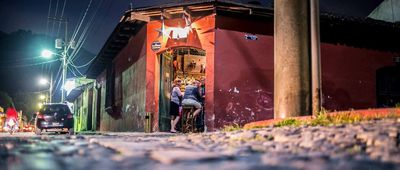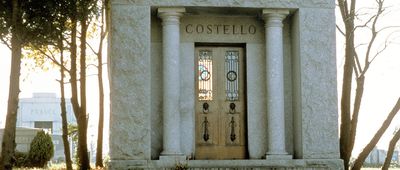Etched in Stone
While North America may not boast the world-famous Machu Picchu, the continent remains rich with an amazing array of ancient ruins. From the Mayan ruins of Mexico (and yes, Mexico and Central America are part of North America) to the pueblo dwellings of the United States and the ancient Viking settlements of Canada, here is a photo journey across 30 of the most stunning ancient archeological sites in North America.
Related: 31 Historic Places Across America That You Can Tour Virtually







































